Winter driving isn't what most people would think of as a good time. In fact, between side streets that resemble polar ice caps and a populace that has to relearn the basics of winter driving after every fresh snowfall, it's easy to forget that driving in Colorado is something that can actually be enjoyable.
In the summer months, however, Colorado driving can be pure heaven. If you like driving faster than the law permits, the Centennial State has long offered dirt track speedways where gearheads can put pedal to metal at their leisure.
These speedways, many of which have long since passed into memory, are the subject of an enjoyable book by Dan Radbruch titled, Dirt Track Auto Racing 1919-1941, a Pictorial History.
Radbruch's book, which covers race tracks across the country, but mainly in the Trans-Mississippi West, gives us occasion to look back at some of the sites that hosted fast cars on sultry summer nights right here in Colorado.
In the years between 1907-1931, Overland Park was the place to prove your mettle as a Colorado race driver. Located at the intersection of S. Delaware and Jewell, Overland Park was a one-mile track that hosted both fast cars and fast horses. In its heyday, Overland saw plenty of big names grace its dirt oval and was often the site of crowd-pleasing event such as a 100-mile race that featured just seven entrants...of which only two actually finished.
Of course not every race presented at Overland was worth remembering. One such event was "Klan Day," which took place in July 1925. During that time, the KKK had a huge presence across the nation and Denver was no exception.
The fact that Overland was willing to host an event for the Hooded Empire shows exactly how ubiquitous the hate group was during that time. (That said, it's fair to say that 1925 was the peak of the Klan revival and within a couple of years, it was back to operating in the shadows.)
One of the most unique motor sports events in the world takes place every summer on the road leading up to one of Colorado's most iconic sites, Pikes Peak. Beginning in 1916, the Pikes Peak International Hill Climb was originally intended to stimulate tourism in the Pikes Peak region and was sponsored by Colorado Springs gadfly, Spencer Penrose.
Though there have been many memorable moments in the PPHC's venerable history, the race that was run in 1922 was particularly remarkable. That was the year a kid from Ord, Nebraska, named Noel Bollock shook the well-heeled racing establishment by grabbing the crown (and setting a new course record) in a Model T that he'd built up from stock.
While Bollock was a fan favorite, his DIY ethos was not appreciated by Penrose and his rich racing buddies. Penrose made a point of changing the race's rules so that Bollock's car could not compete the next year. Though Bollock adapted his car to meet the new rules, he was banned from competition for competing in an unsanctioned race earlier that year. (Penrose and his buddies really didn't want Bollock to compete!)
Of course no discussion of Colorado motor sports would be complete without a mention of John C. Bandimere and his iconic Bandimere Speedway. Nestled in the foothills west of Denver, Bandimere has been a mile-high institution practically from the day it opened in 1958.
Originally built to help promote his auto parts store, Bandimere Speedway has morphed into one of the most challenging stops on the NHRA circuit. Thanks to Denver's impressive altitude, and the lack of oxygen that goes with it, race cars don't go quite as fast here as they do on track in altitude-challenged parts of the country.
These are just a few of the speedways that have made Colorado motor sports history and longtime residents will certainly recall other favorites such as the tracks in Erie and the now derelict Lakeside Speedway.
If you're interested in learning more about Colorado auto racing history, our collection includes materials from the Denver Grand Prix, the PPHC, and much, much more.

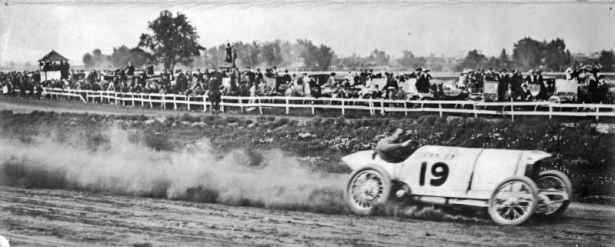
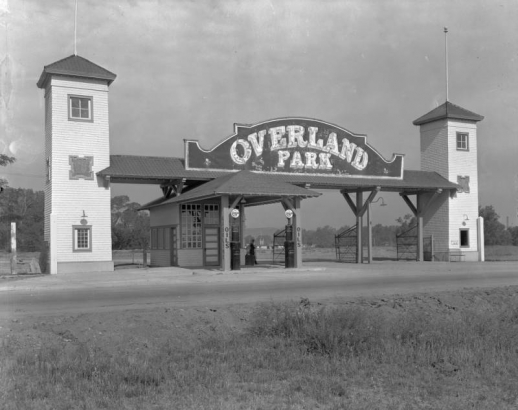
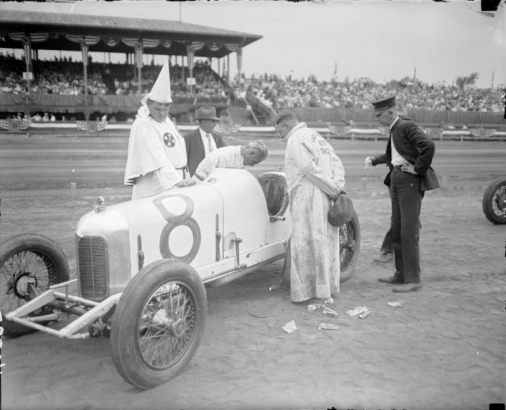
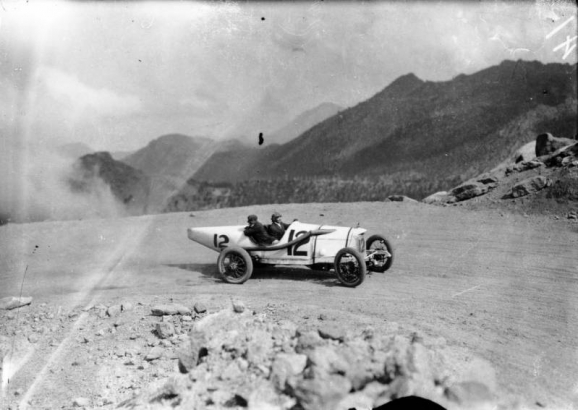
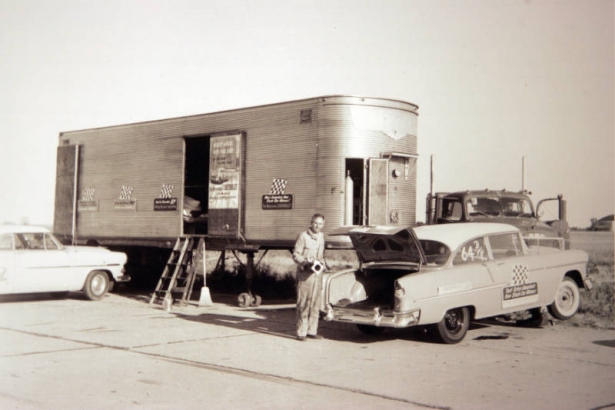
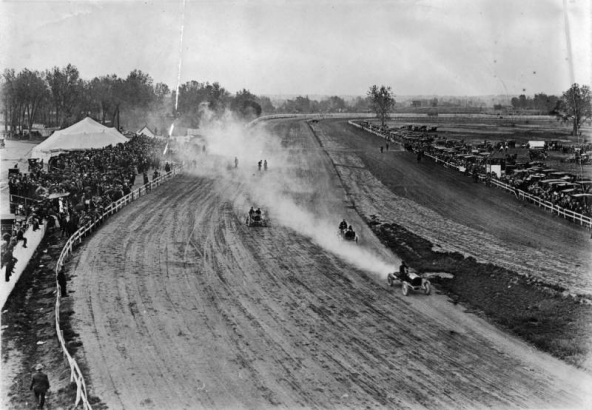
Comments
Thanks for reading and
Thanks for reading and commenting, Nick. Now that you mention it, it does seem like Colorado did have a really high number of tracks relative to the population.
Add new comment